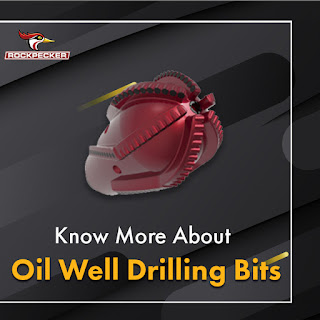4 Factors That Lead to the Decline of Drag Bits

A drag bit usually consists of a couple of rigid steel blades which rotate as a single unit to drill through soft to medium formations. Drag bits underwent major transformation until hard facing was introduced to the surface of the blades and the design of fluid passageways improved its performance several folds. Since these bits drill through scraping action, they have high rate of penetration. Even though drag bits have been around for the longest time and were the first bits used in rotary drilling applications across the globe, they lost their importance over time for several reasons. Some of these being: 1. Roller cone drill bits could drill soft formations in a much better way than the drag bits. 2. Since drag bits were designed to work on low WOB, excess WOB would result in excessive torque and thus, lead to bit failure. 3. As drag bits would drill crooked holes, the need for some means of controlling this deviation arose. 4. Drag bits were designed to drill through formations t...

